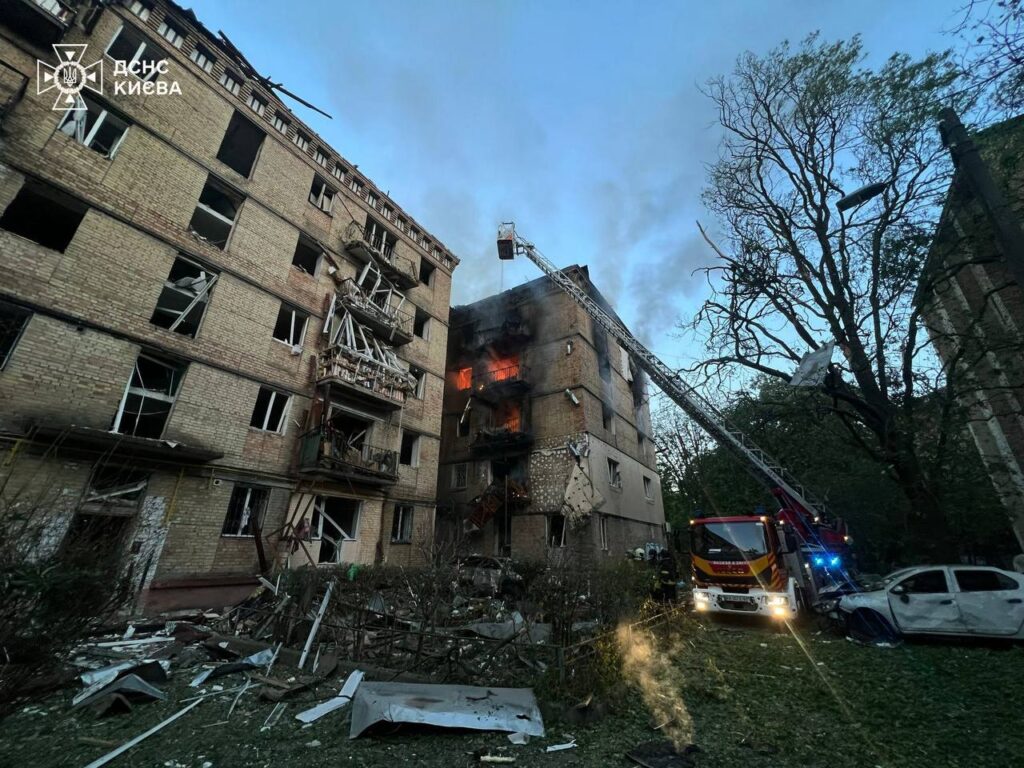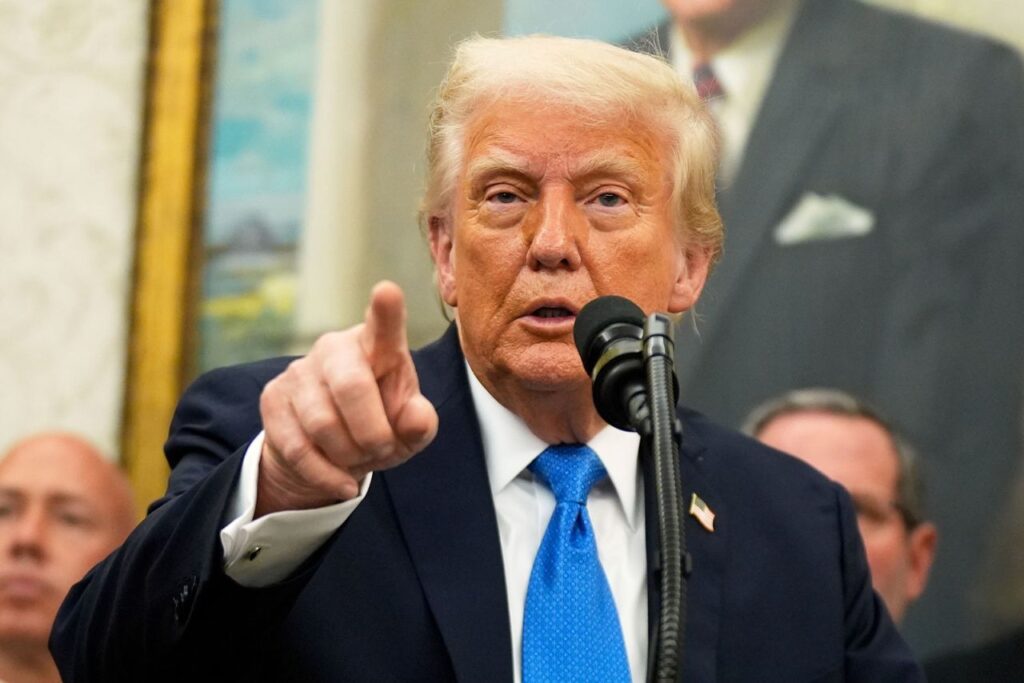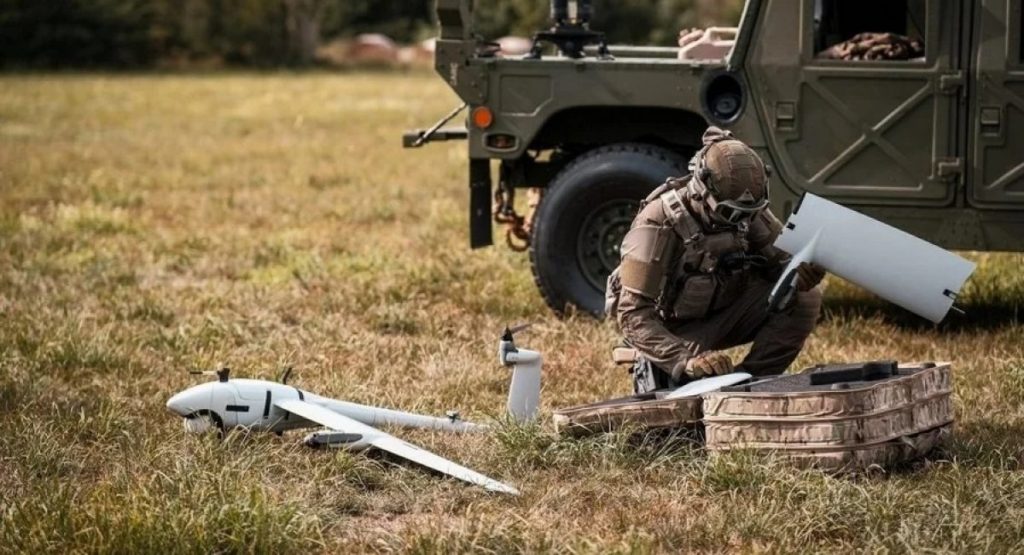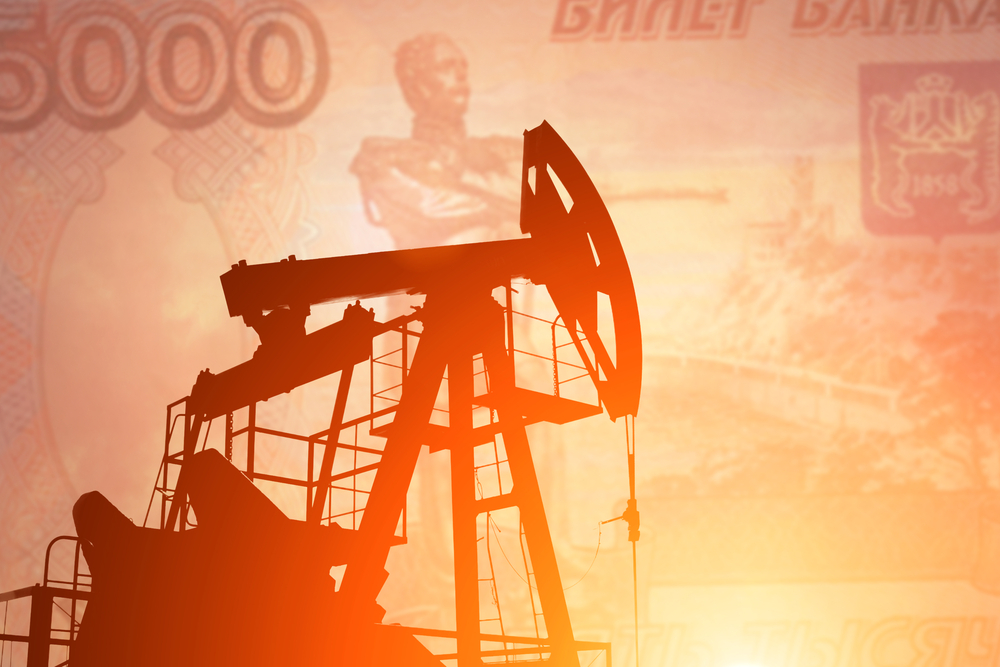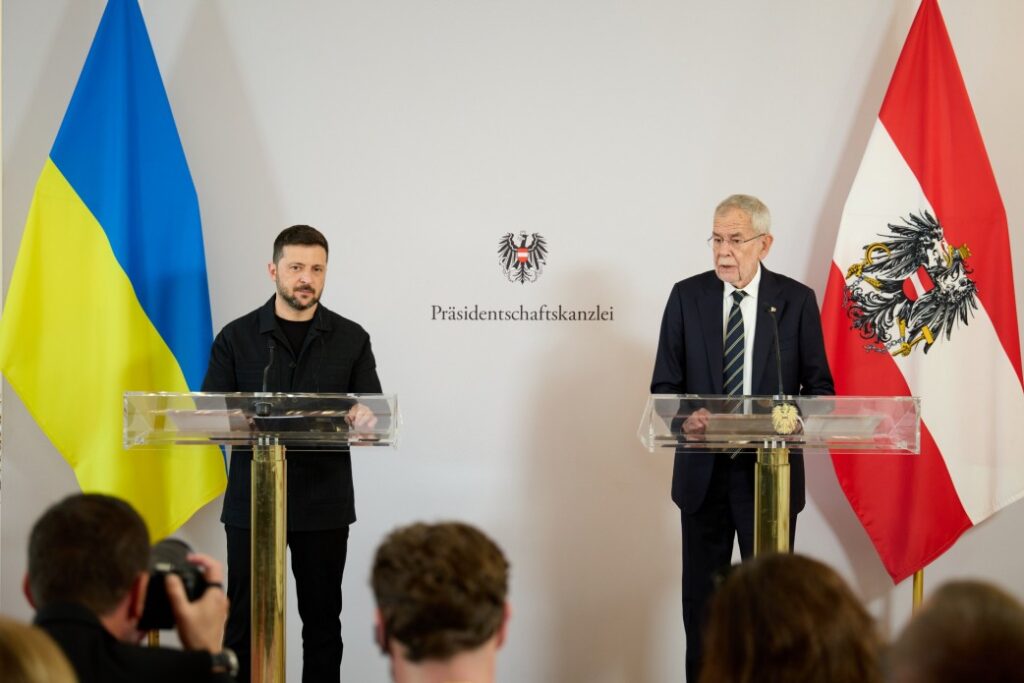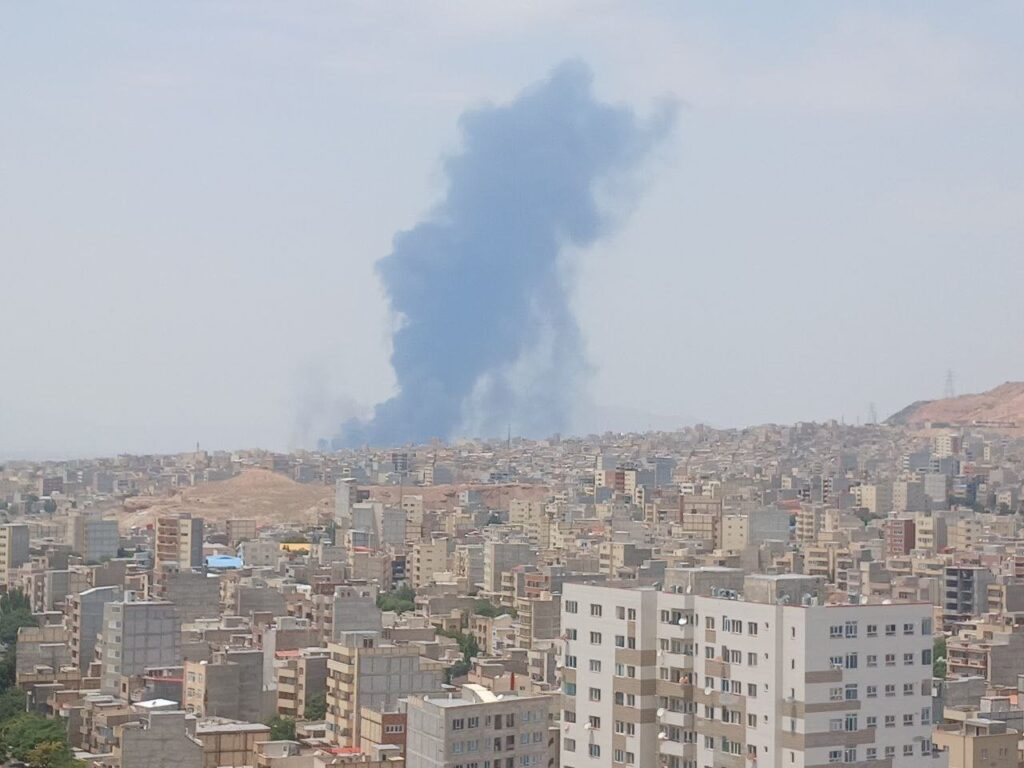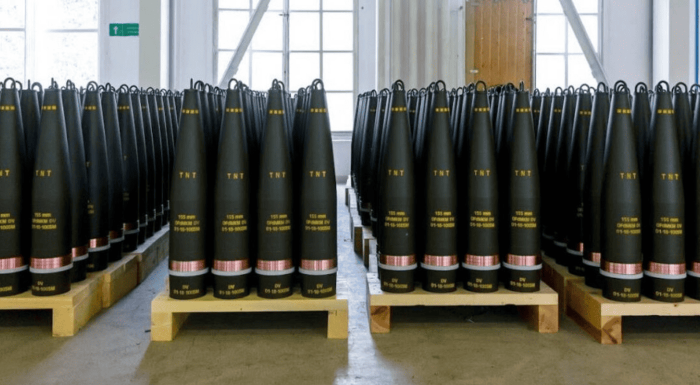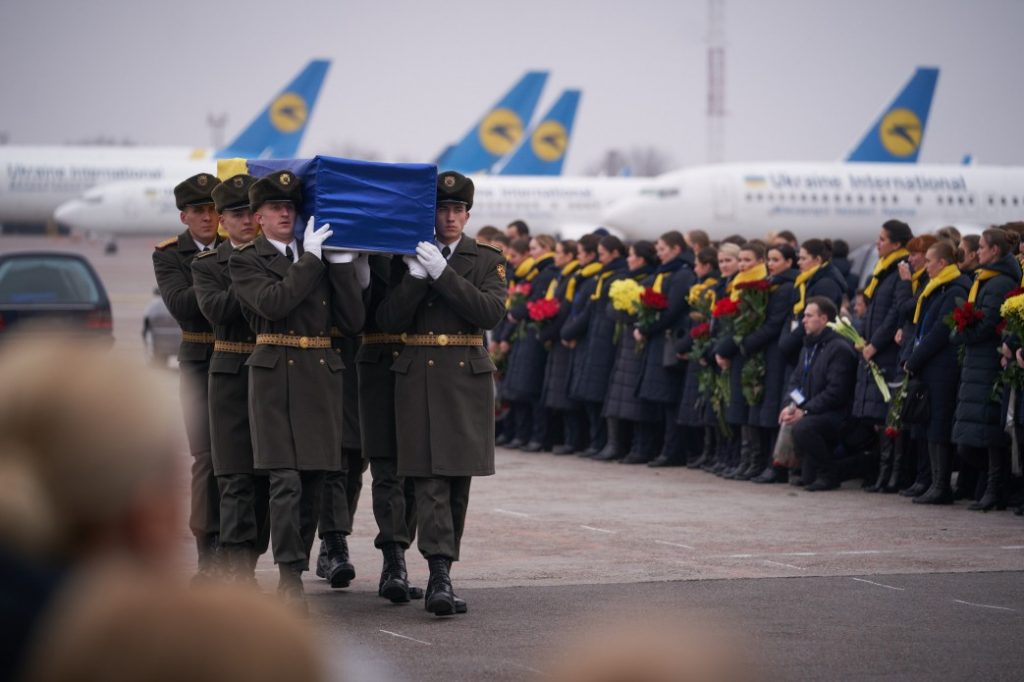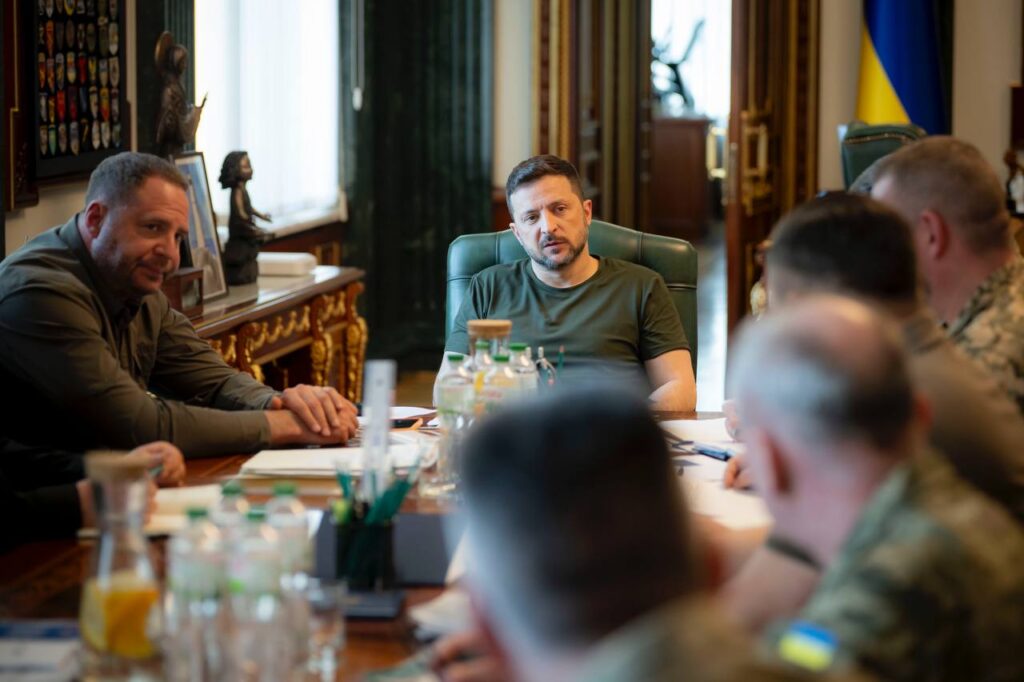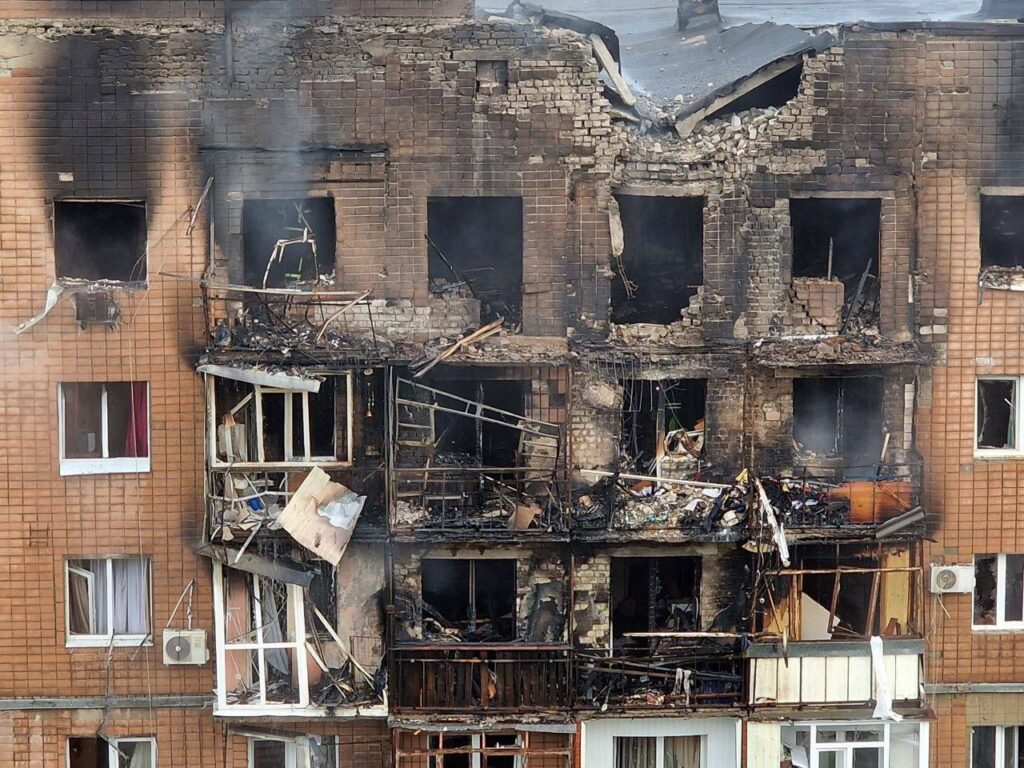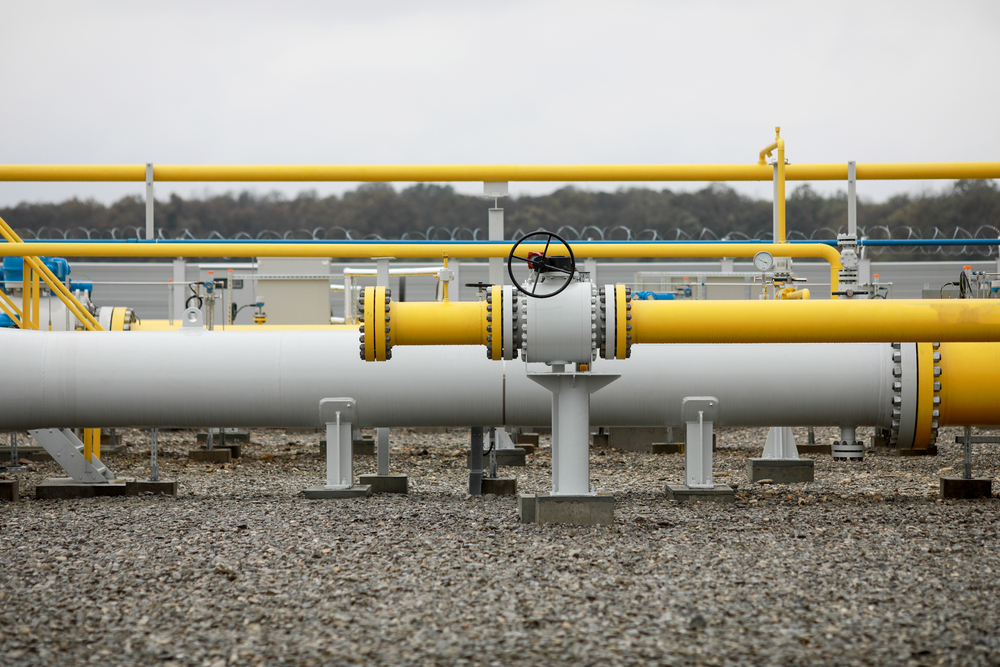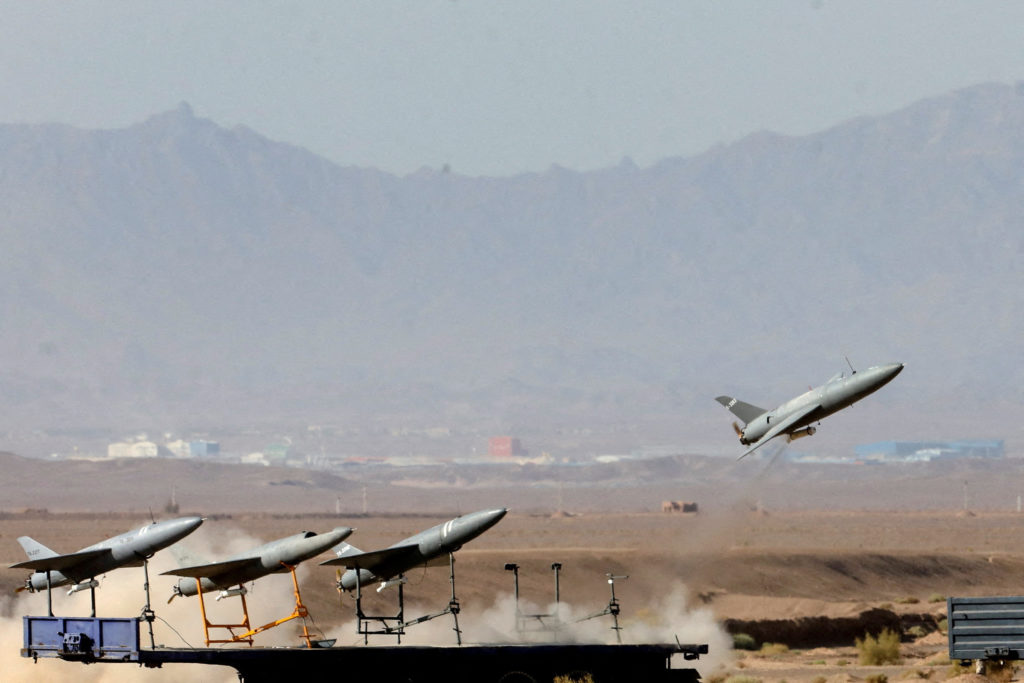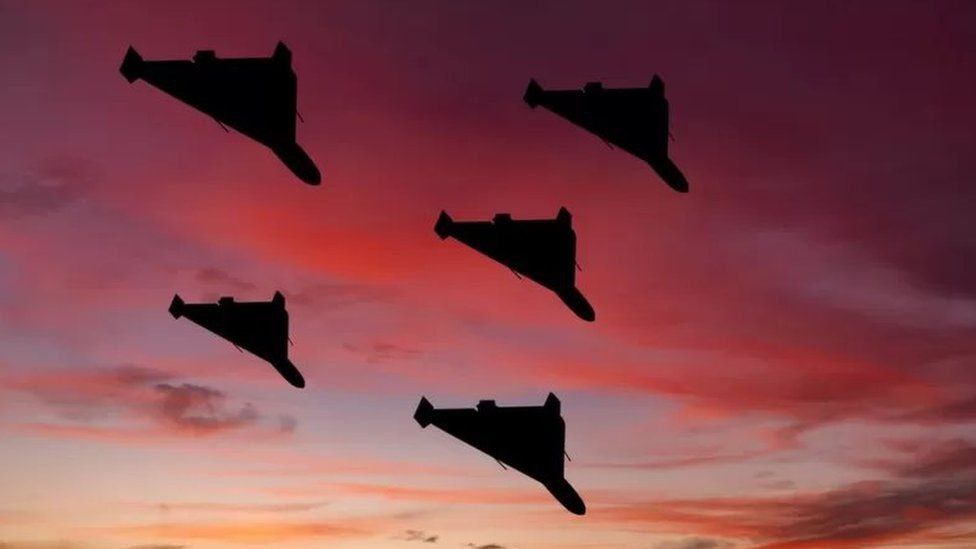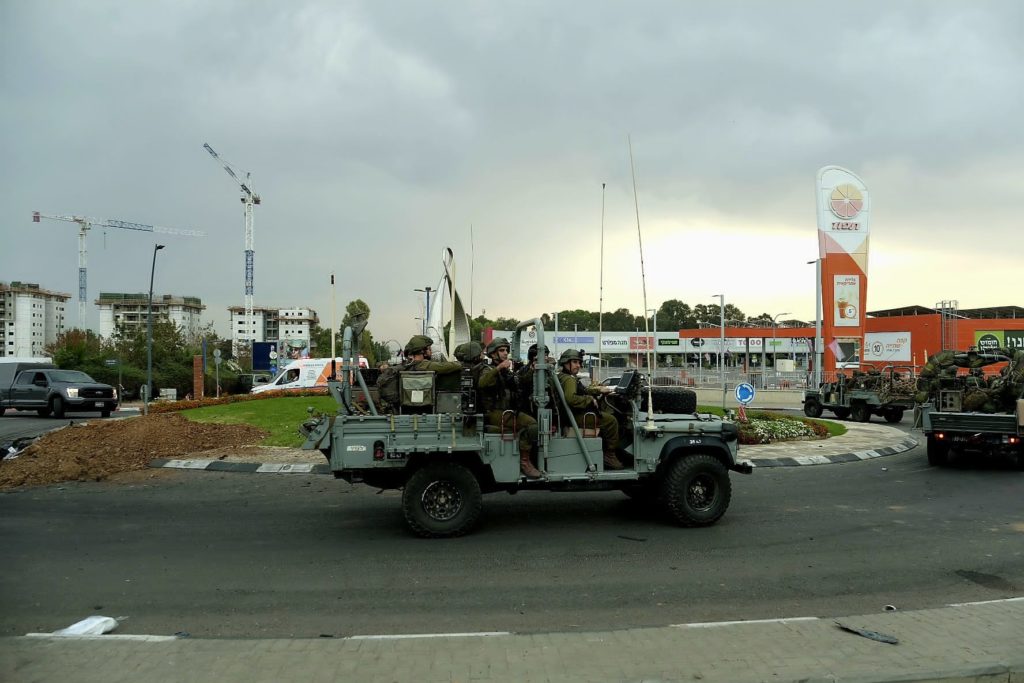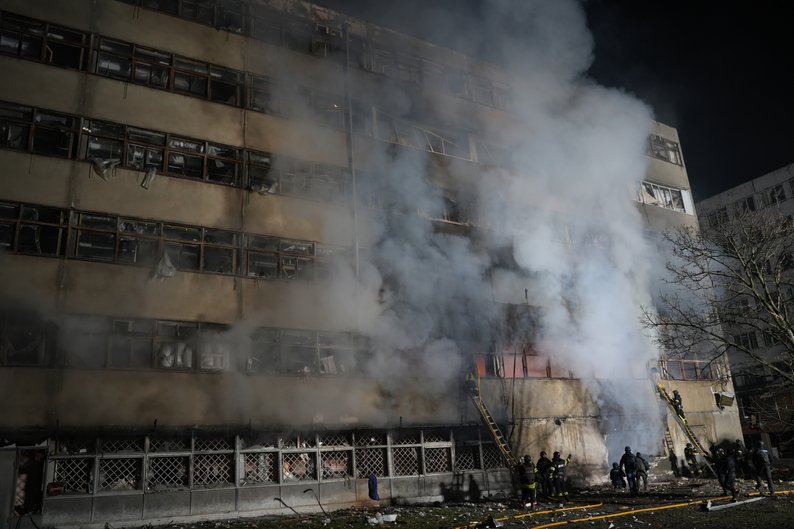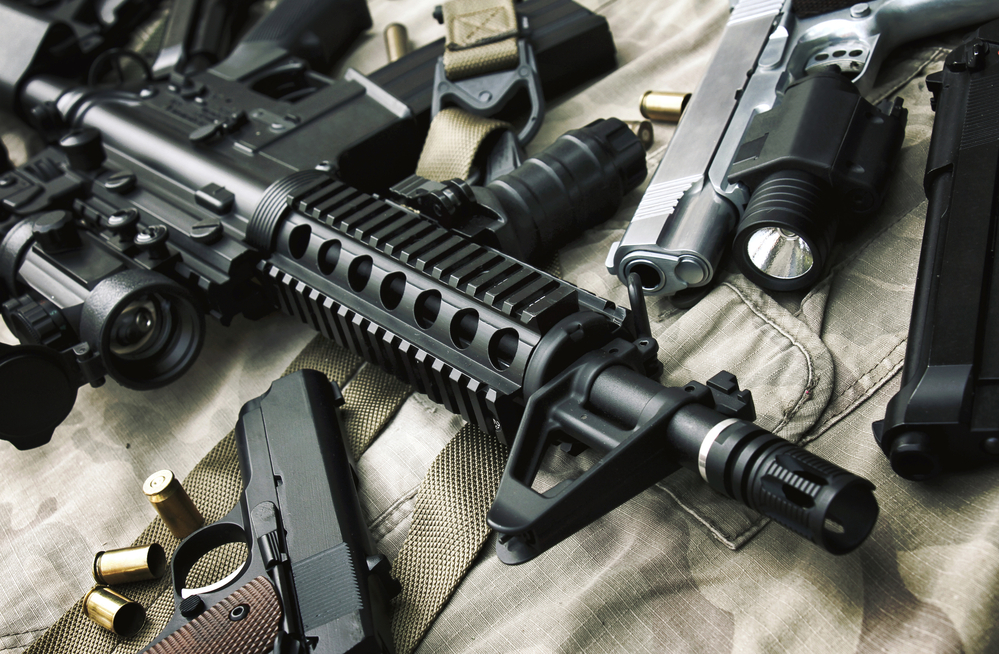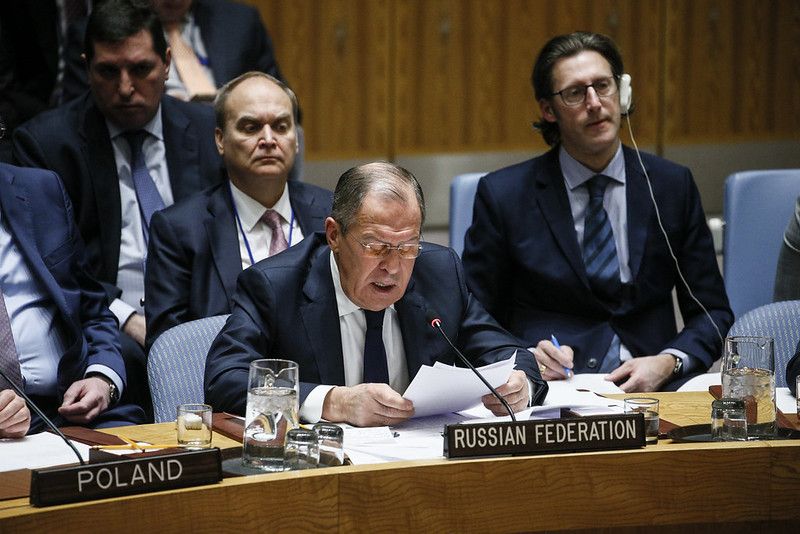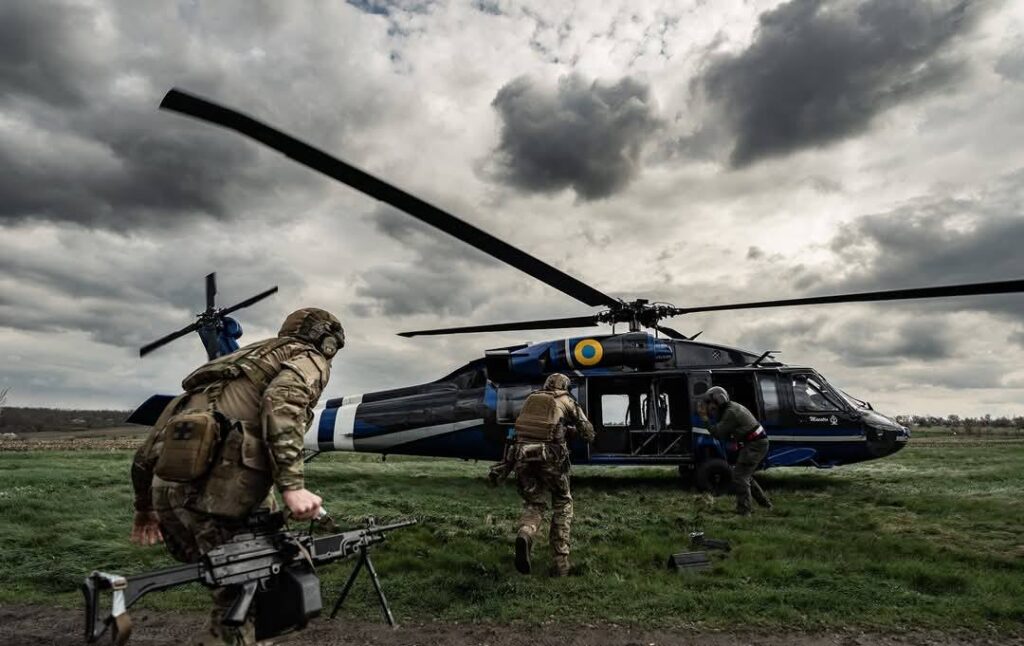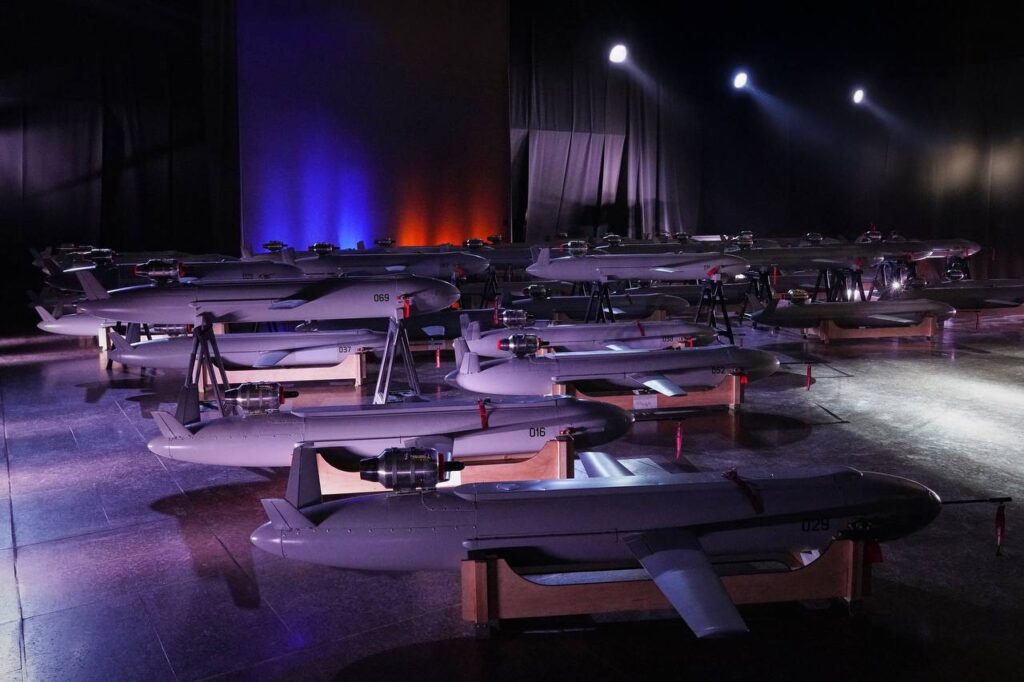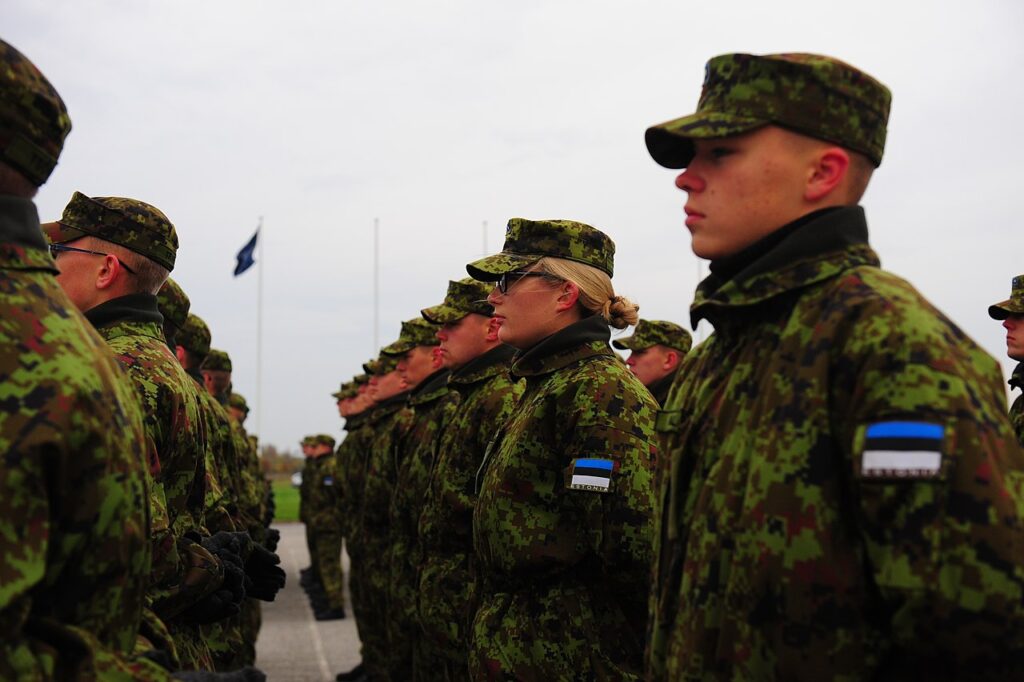
Russia is already at Estonia’s gates. Tallinn may become the next target for Russia’s aggressive war because the Russians have several convenient pretexts for it, The Economist reports.
Estonia and the Baltic countries were part of the Russian Empire for 200 years before gaining independence in 1918. After World War II, they were occupied by the Soviet Union. Like Latvia and Lithuania, Estonia restored its independence after the USSR’s collapse in 1991. All three countries joined the EU and NATO in 2004.
For several years, Russia has been conducting a covert campaign of intimidation and destabilization against Estonia, using cyberattacks, undercover agents, sabotage, and legions of disinformation bots on social media.
NATO recognizes these risks and has been increasing its military presence in the region: currently, over 2,000 troops from allied countries are stationed in Estonia.
However, amid the reduction of American forces in Europe, Estonia could become the place where Russia first attempts to test the reliability of NATO’s Article 5 on collective defense.
Between the 1950s and 1980s, the Kremlin resettled hundreds of thousands of ethnic Russians to Estonia, and today they make up one-fifth of the country’s 1.4 million population. The largest number of them are living in the city of Narva, located right on the border with Russia. Nearly the entire population there is descended from Russian settlers.
More than 30 years later, Russians have shifted from a politically dominant group to a lower-class minority, though many in Narva still feel attached to the Soviet version of history.
Since the war in Ukraine began, Russian destabilizing efforts have intensified throughout Estonia. Last year, a sociology professor who seemed liberal was exposed as a Russian agent. In 2023, vandals damaged the cars of the Minister of Internal Affairs and the editor of a Russian-language news website.
Regarding Ukraine, Putin claimed that the Russian-speaking population in eastern Ukraine was oppressed, using this as the reason behind the war. So far, efforts to stir up the Russian minority in Estonia have failed, but the precedent is well known.
At the same time, Russian attempts to recruit Russian speakers for minor sabotage through social media have found little support.
Russia recruits elderly in covert sabotage campaign across Ukraine and Europe
The war in Ukraine has united Estonians but divided the Russians living there. Some feel sympathy for their homeland, where many have relatives; some resent Estonian nationalism. Some are Putin supporters or simply wish for a brotherly alliance like in the old days. Others, especially younger people, warmly welcome Ukrainian refugees into their schools and communities.
Since 2022, the Estonian government has taken steps to isolate Estonia from Russia. It stopped issuing visas to Russian citizens, restricted Russian business activities, banned Russian TV channels from cable packages, and removed Soviet-era monuments. This year, Estonia, Latvia, and Lithuania disconnected their electricity grids from Russia.
Most of the well-known and most controversial Estonian residents holding Russian passports, who previously could vote in municipal elections, will no longer be able to do so after this year’s elections.
You could close this page. Or you could join our community and help us produce more materials like this.
We keep our reporting open and accessible to everyone because we believe in the power of free information. This is why our small, cost-effective team depends on the support of readers like you to bring deliver timely news, quality analysis, and on-the-ground reports about Russia's war against Ukraine and Ukraine's struggle to build a democratic society.
A little bit goes a long way: for as little as the cost of one cup of coffee a month, you can help build bridges between Ukraine and the rest of the world, plus become a co-creator and vote for topics we should cover next.
Become a patron or see other ways to
support.
